To properly resolve the law of war that “the strong wins, the weak loses”, our nation has thoroughly exploited, creatively applied, and maximized the factors of “force, position, time, and strategy” to implement “using the small to fight the big, using the few to fight the many”. The strength to defeat the enemy is the strength of the entire nation, conducting people's war; closely combining the use and promotion of the role of local armed forces in each area with the mobile forces of the main force in combat. That is the unique military method and art of Vietnam.
Local troops give the court troops a leg up.
In practice, during the resistance war against the second Song invasion (1075-1077), the Ly dynasty organized the armed forces into three types of troops: the Royal Guards, the regular forces of the royal court; the Mist Army, the forces stationed in the provinces and roads; the Native Army, the troops of the princes, nobles, the troops of the mountain chieftains, and the militia in the communes, villages, hamlets, and hamlets. With this way of organizing forces, two forces were formed: the main force and the local army.
The native soldiers, militia and people in the villages and communes, together with a part of the main army of the court, formed the core to organize a number of defensive lines to prevent and hold back the enemy's attacks from the border, creating a favorable position for the main army of the court to actively fight. Along with the strong main force to block the enemy on the main defense line of the Nhu Nguyet River, Ly Thuong Kiet also used the militia, native soldiers and local people to continuously attack the enemy's camps and behind the mobile formation, cut off the supply lines, especially blocking Duong Tung Tien's naval army, breaking the enemy's army's formation, causing the enemy to quickly weaken and fall into misery; using the forces of the roads, prefectures... to fight the enemy in each area and each locality created a position, conditions and opportunities for the mobile army of the court to win important battles, then switch to counterattacking to gain decisive victories, wiping out the invading Song army.
During the Tran Dynasty, during the three resistance wars against the Yuan-Mongol invaders (1258, 1285, 1288), the armed forces were also organized into three types of troops: the court army, the army of the roads, the militia and the native soldiers. The armed forces in the districts, roads, the militia and the native soldiers in the villages and communes numbered in the hundreds of thousands, carrying out widespread attacks against the enemy with the art of "using short weapons to fight long battles". By promoting the role of people's war and avoiding the initial strengths of the enemy, the Tran Dynasty did not use the main force of the court to confront the enemy but used the troops of the prefectures, roads, villages and hamlets together with the people to carry out the "clearing the wild" strategy, promoting widespread operations, blocking and holding back the enemy in each locality and direction; making the enemy always have to exert all their strength to cope everywhere, being attacked wherever they went, leading to increasingly depleted forces and means, fatigue, exhaustion and loss of food supplies. From the favorable situation and opportunity created by the forces of the roads, prefectures, villages and communes, the main army of the court organized counterattacks, attacked, defeated the invading Yuan-Mongol army.
 |
| Hanoi Self-Defense Forces fight to protect targets in the Hanoi-Hai Phong Air Defense Campaign, December 1972. Photo courtesy |
These are valuable experiences, historical lessons of lasting value that help illuminate the theory and practice of the cause of defending the Fatherland (BVTQ) today and in the future. In particular, the art of using local armed forces in the war of national defense is a universal and objective issue, a fundamental rule to mobilize the entire population to fight the enemy, creating the combined strength of people's war, in order to maintain each locality, contributing to defeating the invaders.
Widespread operations, creating the strength of people's war
In the war of liberation and national defense, localities at all levels play a particularly important role, being the places that directly organize the implementation of the Party's military and national defense policies and guidelines, implementing the method of people's war, all-people, all-out, in which the local armed forces act as the core for the entire people to fight the enemy. From there, creating a combined strength, contributing to decisive victory.
In practice, during the resistance war against French colonialism, to defeat the enemy's march to the Viet Bac War Zone (Cao Bac Lang Military Zone) and protect the resistance leadership agency, we used local armed forces (provinces, districts, communes) including local troops, militia, guerrillas, and dispersed main force companies to closely follow and continuously fight the enemy both where they were stationed and on the road of movement, while simultaneously carrying out the task of cutting off traffic, destroying the enemy's food and ammunition supply lines... and foiling their plan to encircle Viet Bac.
 |
| Forces participating in a civil defense exercise to respond to a super typhoon and search and rescue in Hai Phong City, July 2023. Photo: QUANG THIEN |
Experience in using local armed forces in the resistance war against French colonialism shows that: Using local troops, guerrillas, self-defense forces and local people under the leadership, direction and management of local Party committees, local authorities and command of local military agencies, coordinating with a part of the main force to conduct defensive operations, defend, attack the enemy extensively and perform other tasks has brought about very high efficiency. This is a matter of strategic significance, both to prevent, encircle, wear down, and hold back the enemy, forcing the enemy to get bogged down, while at the same time creating conditions for the development of the main force, giving localities and the whole country more time to prepare for effective combat.
The summary of the 9-year resistance war against French colonialism shows that local troops, militia, self-defense forces, and guerrillas destroyed 231,000 enemy troops (accounting for 46.4% of the total enemy forces destroyed); disintegrated more than 200,000; especially restrained and dispersed over 90% of the total enemy forces on the entire battlefield.
During the resistance war against the US to save the country, in the South, in the early stages of the resistance war, under the condition that our main force was small, in order to create a foothold for the revolution, we directed the development of local armed forces in provinces, districts, communes, villages, and hamlets; used local troops, militia, guerrillas, and people to combine political struggle with military struggle, restore and expand combat bases and war zones.
Along with the gradual building of the main force, in Zone 5 and the Saigon-Gia Dinh Military Region, localities such as Da Nang, Quang Nam, Cu Chi, Ben Cat, Tay Ninh, Binh Phuoc..., local troops, militia, guerrillas and people fenced villages, built combat villages, communes, underground tunnel systems, and anti-American belts, creating a siege position for the enemy. In addition, local troops, militia, and guerrillas coordinated with the main force stationed at bases and war zones to conduct many combat operations: raids, ambushes, traffic cutting, organizing many battles against the enemy's sweep operations into war zones: C, D, Cu Chi, Duong Minh Chau base...
With the effective support of the main force of the Region and the political struggle of the people; implementing the motto "not an inch gone, not a millimeter left", the local force, militia, and guerrillas steadfastly held their ground, attacked the enemy extensively, thereby defeating the enemy's "helicopter transport" and "armored vehicle transport" tactics. In particular, the local armed forces, together with the main force, defeated the "search and destroy" operations of the US-puppet army, protecting the resistance bases. In the dry season of 1967, in the South, the US had more than 500,000 troops, but only focused on strategic attacks of no more than 50,000, because they were worn down and divided by the combat activities of the local armed forces, forcing them to disperse their forces to cope.
Thus, through widespread and effective combat operations of local armed forces and people in the South in the early period, we maintained resistance bases, created favorable conditions for the development of main force troops, made important contributions and laid the foundation for bringing the resistance war to final victory.
From the experience, tradition, and art of using local armed forces in the history of our ancestors' struggle against foreign invaders; originating from the combat objects in the war for national defense; at the same time, based on the practical requirements of current military and defense tasks, it can be affirmed that: Local armed forces play an extremely important role; using local armed forces is a basic content of Vietnamese military art.
The history of our nation's resistance against foreign invaders has proven that the strength for a small nation to defeat an invading enemy with much greater potential and military strength is the strength of people's war, mobilizing the entire people's forces to fight the enemy, closely combining the operations of local armed forces with the operations of mobile main forces using the "multiply the battle" strategy, implementing "villages defend villages, communes defend communes, districts defend districts, provinces defend provinces". The effective use and promotion of local armed forces together with the mobile forces of ministries and military regions has created the strength to win. This is experience, tradition and has become a method, a unique military art in the people's war for national independence and national defense of Vietnam.
Regional defense responds promptly to all situations
Nowadays, with the strong development of science and technology, weapons and military technical equipment are increasingly modern; along with that is the change in the organization of the armed forces, the change in the form of war and the method of combat... which puts very high demands on the task of national defense. Along with that, the provincial and communal levels in our country after the merger have a large area, a large population; the workload is greater and the task requirements are increasingly high, even in peacetime.
Therefore, the decision of the Party, the State, the Central Military Commission, and the Ministry of National Defense to establish the Regional Defense Command (RRDC) when dissolving the district-level military command and implementing the 2-level local government organization model (province and commune) to suit the situation and requirements of national development in the new period is very correct and wise. RRRDC is not an administrative level but a unit under the provincial military command, performing military and defense tasks, especially when situations arise.
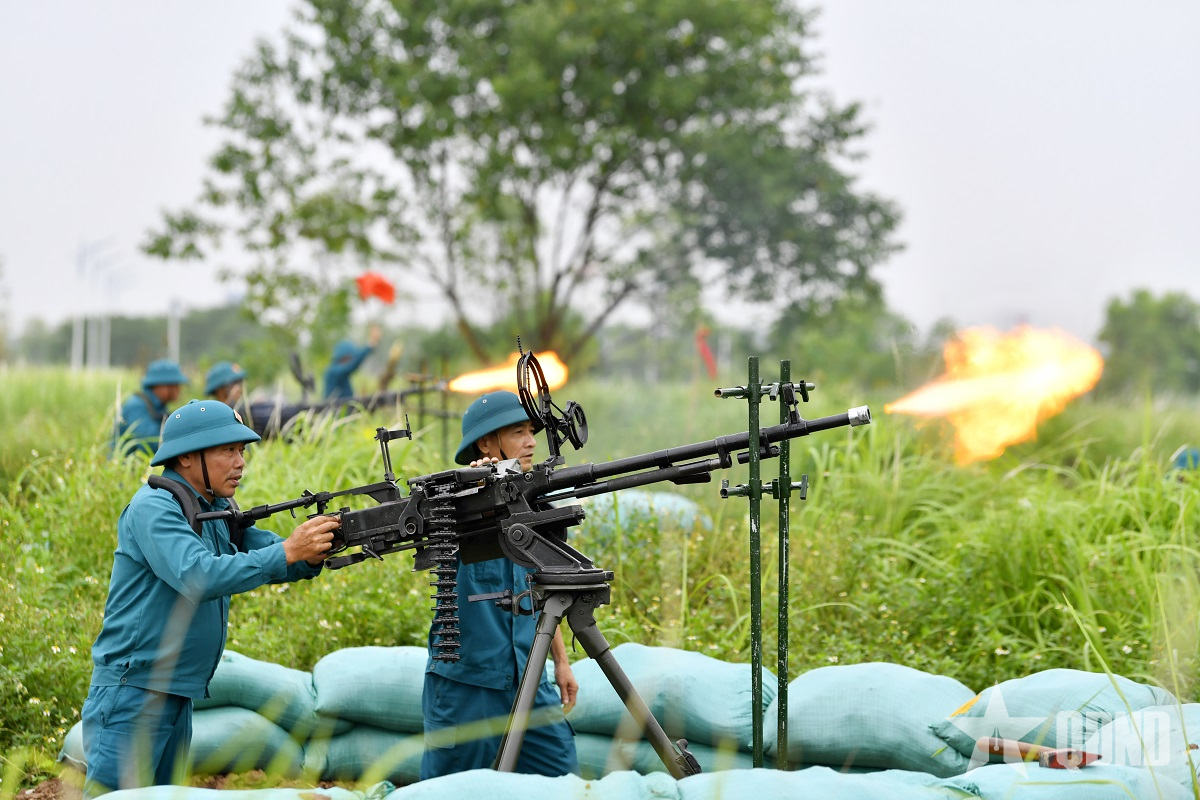 |
| Militia and self-defense forces participate in a defense area exercise in Long Bien district (Hanoi), July 2023. Photo: TUAN HUY |
Regional defense is an important content in the strategy of national defense and people's security. When there is no longer a district-level military command, and the province and commune levels merge to have a much larger area and population than before, the Regional Defense Command is the "extended arm" of the Provincial Military Command - the focal agency to coordinate, command the armed forces and coordinate with forces such as the police, military, militia, border guards, health... in organizing regional defense operations (including areas of many communes and wards); ensuring connection between the provincial and commune levels in organizing forces and performing defense tasks; avoiding leaving areas vacant, not leaving gaps in local military management.
Reality shows that modern warfare can happen quickly and unexpectedly, both traditional and non-traditional (such as cyber warfare, terrorism, riots, overthrows, etc.); civil defense tasks such as responding to disasters and natural disasters are also very complicated and unpredictable. Therefore, every region needs to have a ready defense plan and unified command of forces to respond immediately to all situations. Without a BCHPTKV, it is very difficult to proactively prepare in all aspects, especially regional defense plans; it is even more difficult to coordinate, cooperate, and command when there is a national defense and security situation in the region; it is difficult to mobilize forces from one commune to another to promptly handle the situation...
Building local armed forces and promoting the role of the Regional People's Army Command is an important and strategic issue. Therefore, it is necessary to carefully study and continue to perfect the organization, staffing, functions, tasks and operating mechanisms..., ensuring the building of the Regional People's Army Command in particular and the local armed forces in general to be truly strong, the defense zones and the all-people national defense, and the people's war posture to be increasingly solid, meeting the requirements of the task of national defense in the new situation.
Colonel, Dr. NGUYEN TRUNG KIEN, Lecturer at National Defense Academy
*Please visit the National Defense and Security section to see related news and articles.
Source: https://www.qdnd.vn/quoc-phong-an-ninh/xay-dung-quan-doi/nghe-thuat-to-chuc-va-su-dung-luc-luong-vu-trang-dia-phuong-834871








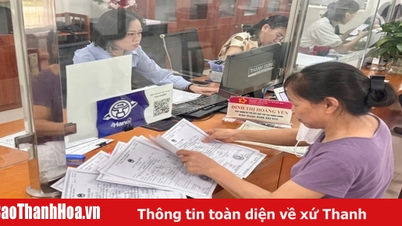

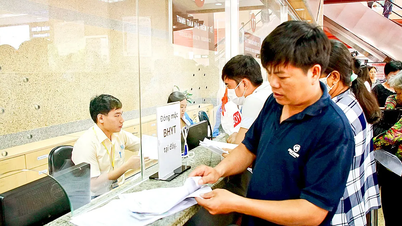









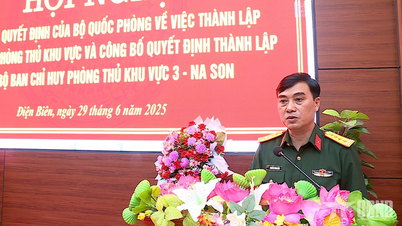
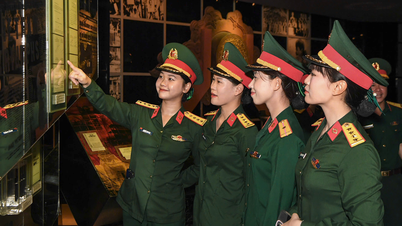
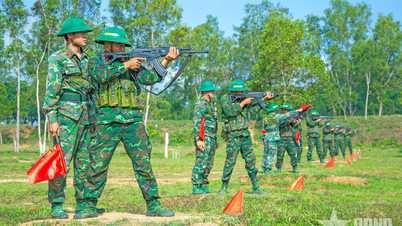
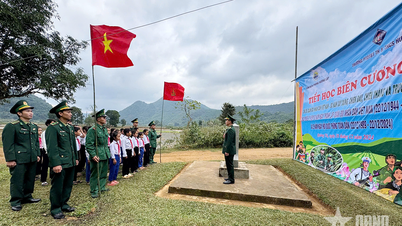
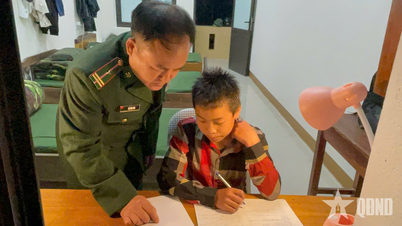
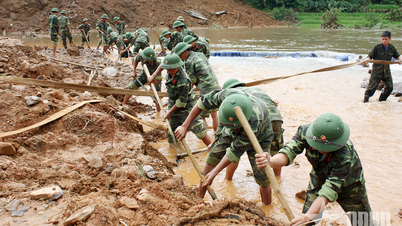




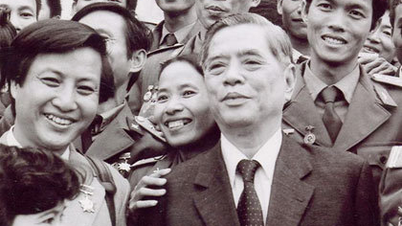
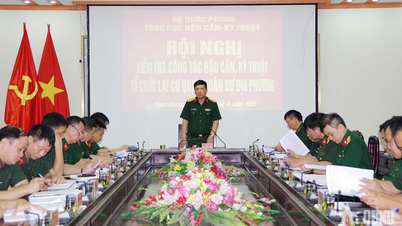
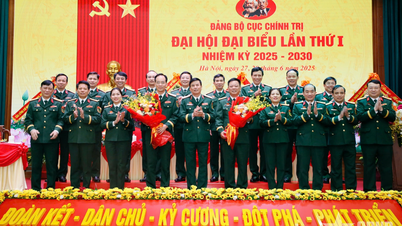
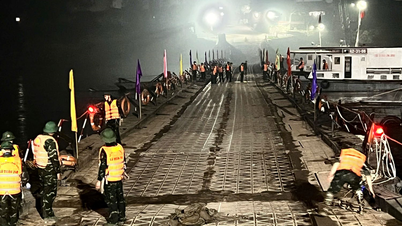
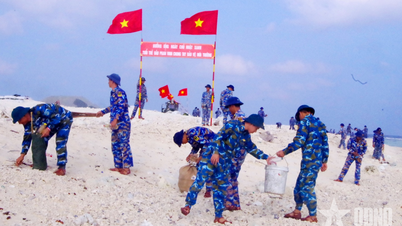
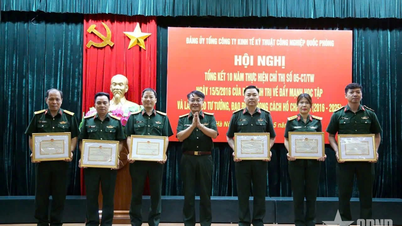

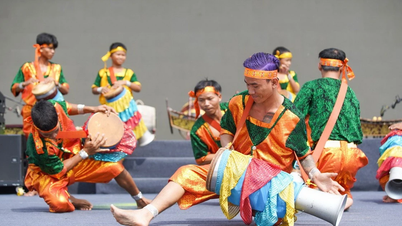



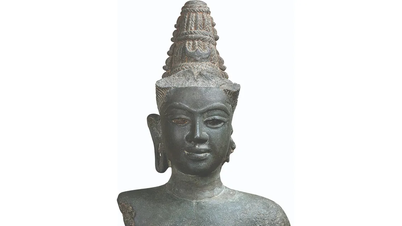
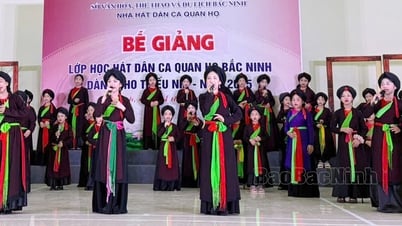

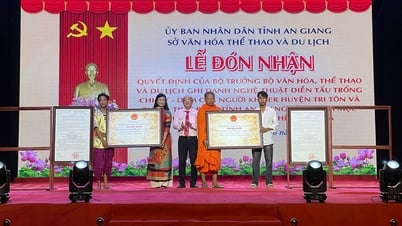

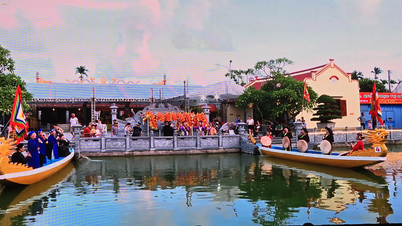



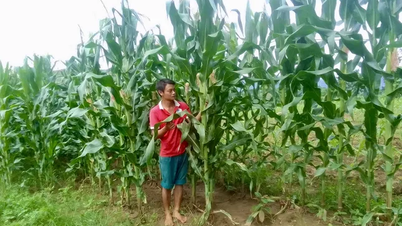






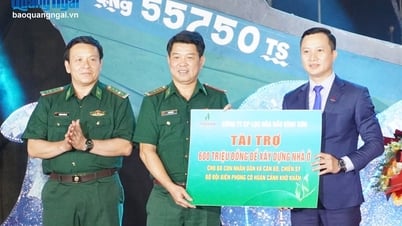

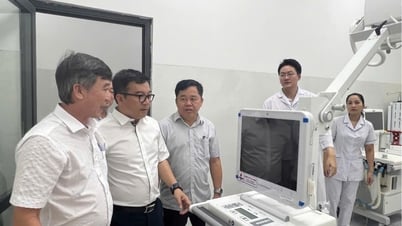




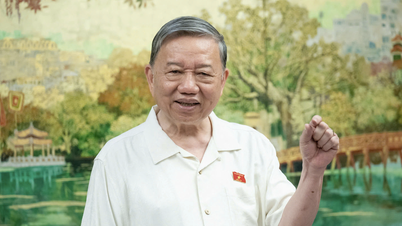

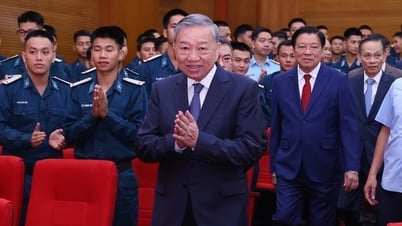
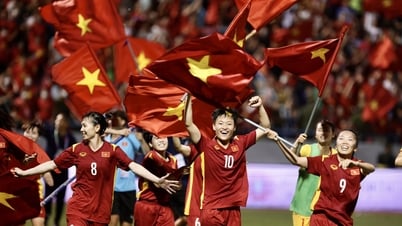
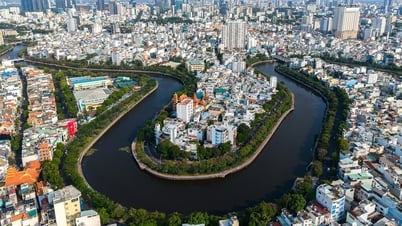
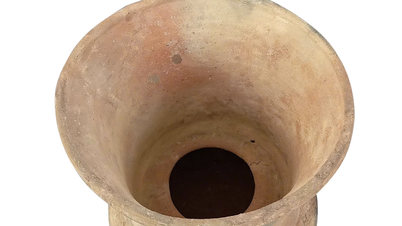
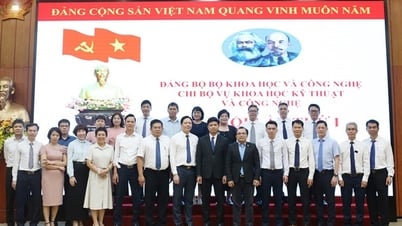


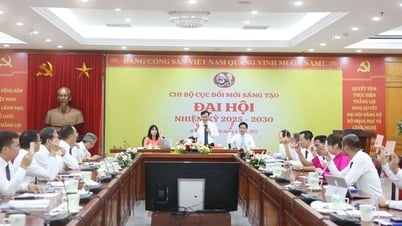
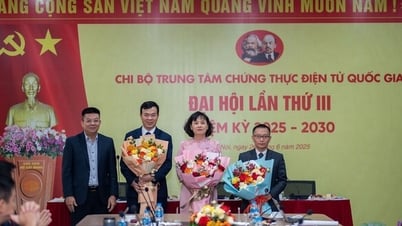


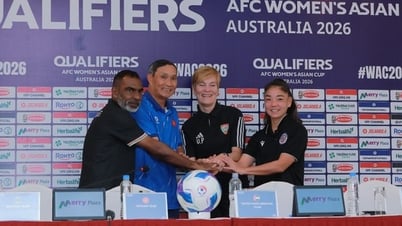


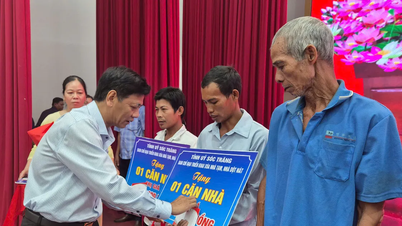
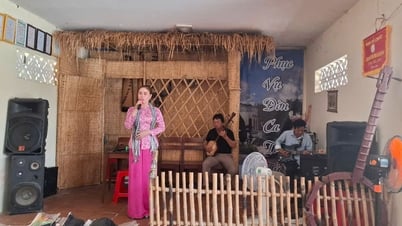

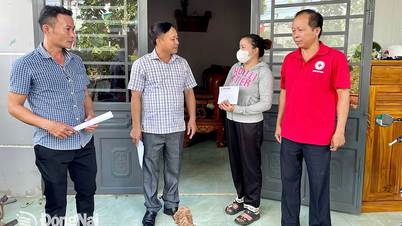


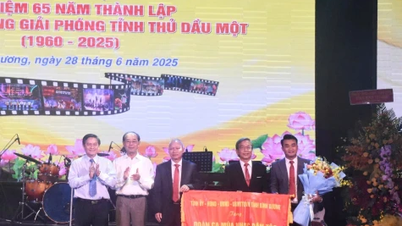














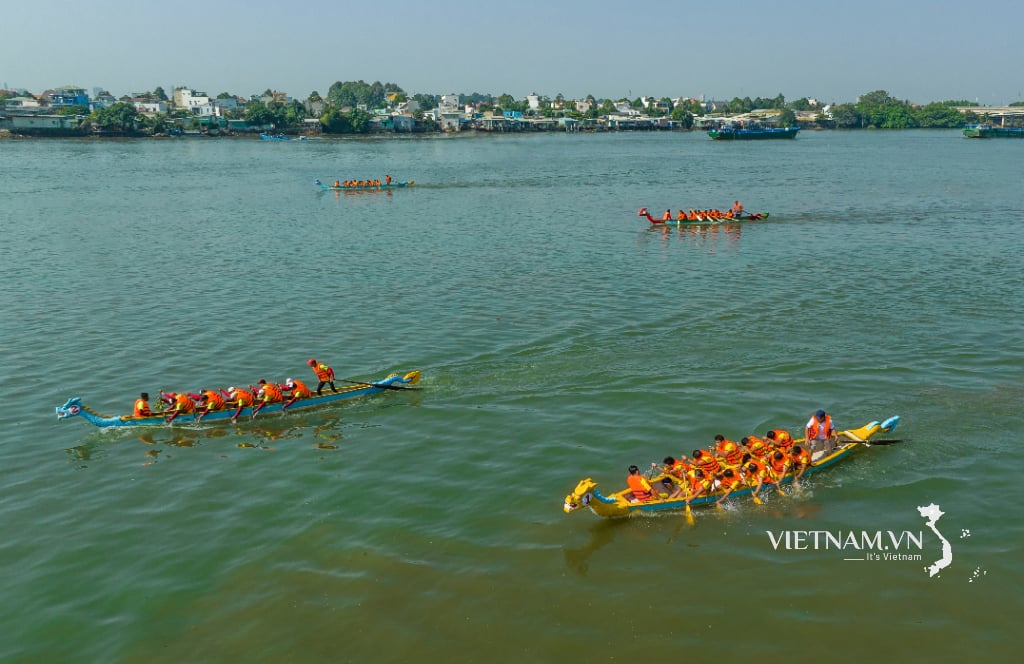


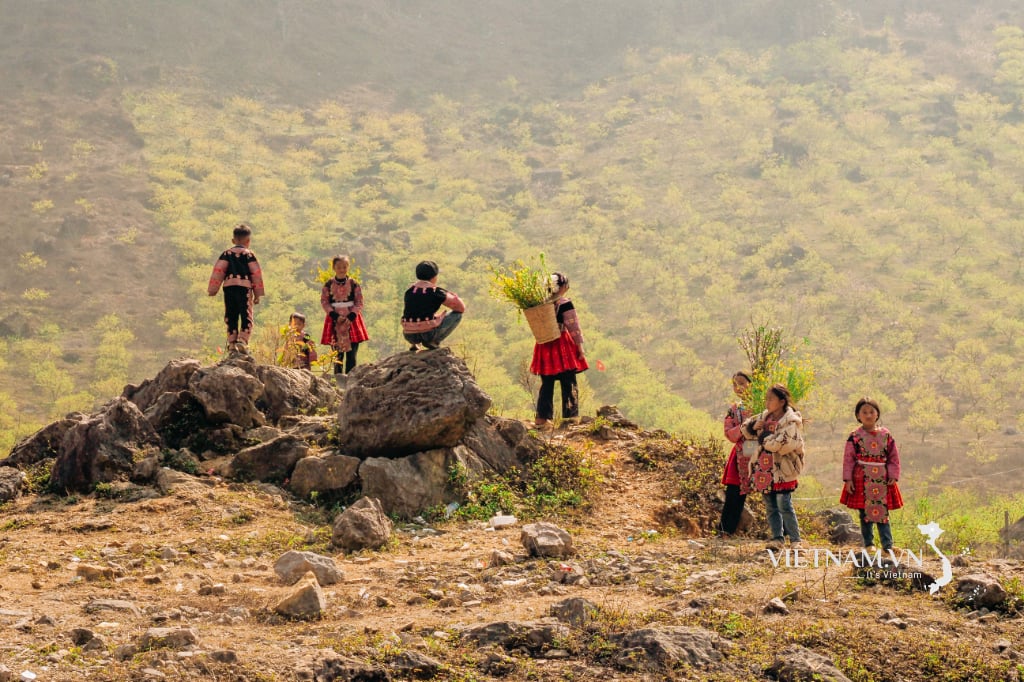
Comment (0)